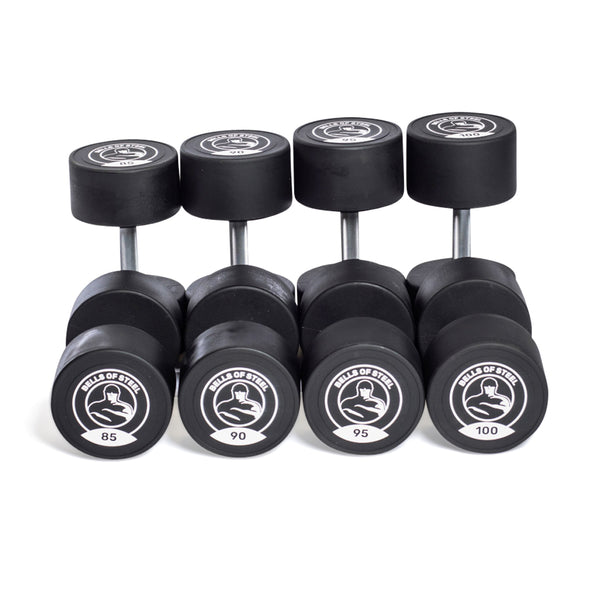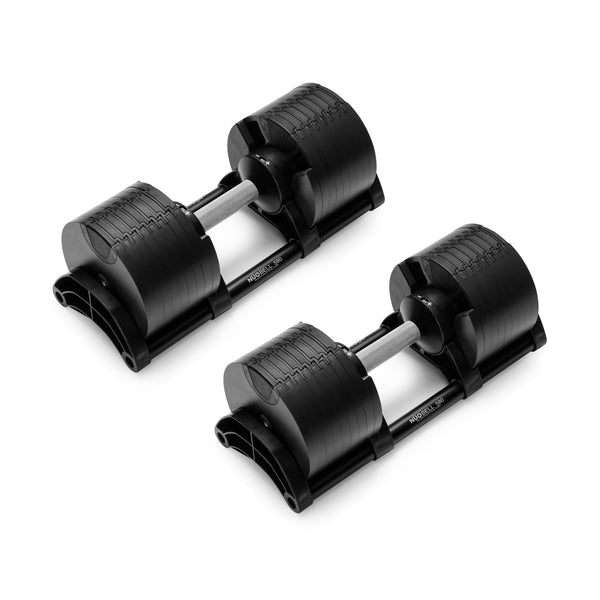Getting stronger might sound like some mysterious combination of grunting, protein shakes, and sweat angels on the garage floor, but it's really not that complicated.
Whether you're brand new to lifting or returning from a long break (welcome back, champ), strength training follows some simple rules. And yes, we’re gonna break them down like you’re five. Let’s build some muscle, some confidence, and maybe even a few brag-worthy PRs.
What Does “Getting Stronger” Actually Mean?
Getting stronger doesn’t just mean growing big biceps (though that’s a nice perk). It means your muscles, tendons, nervous system, and brain are all leveling up together so you can lift heavier, move better, and maybe even carry all your groceries in one trip.
Think of it like leveling up in a video game. Your character (that’s you) starts with basic skills. But with each training session, you unlock more power, more stamina, and more “dang, look at me go” moments.
The Basics of Building Strength
Progressive Overload: The Golden Rule
Here’s the meat and potatoes (or tofu and rice) of getting strong: progressive overload.
What is it? It’s doing a little bit more over time. That could mean:
-
Adding weight
-
Doing more reps
-
Doing more sets
-
Resting less between sets
- Using better form (yes, that counts)
Imagine you start with 10-pound dumbbells. Eventually, those feel like foam noodles. So, you move up to 15 pounds. That’s progressive overload, baby. Your body adapts to stress, and then craves more.
Consistency Over Perfection
You don’t need the perfect plan. You need a plan you’ll actually do. Think 3–4 days per week of strength training. Stick to it like protein sticks to your shaker bottle lid.
Rest and Recovery
Muscles grow when you rest, not when you lift. Give your body 24-48 hours between workouts targeting the same muscle group. Overtraining might sound hardcore, but all it does is fry your central nervous system and make naps mandatory.
How to Start Strength Training
Pick a Plan (Any Plan)
Choose a beginner-friendly program that covers all the big moves:
-
Squat
-
Hinge (deadlift variations)
-
Push (bench press, push-ups)
-
Pull (rows, pull-ups)
-
Carry (farmer’s walks, loaded carries)
You don’t need to reinvent the barbell. Just follow a plan and tweak as needed.
Use Equipment That Grows With You
Start with gear that’s scalable:
-
Adjustable dumbbells or kettlebells (looking at you, NUOBELLs)
-
Resistance bands for assistance or added spice
-
A power rack with safeties (because safety first, ego second)
-
A barbell and plates when you’re ready to level up
Start light. Test your limits. But don’t max out every session; you’re training to improve, not audition for a superhero movie.
Training Tips for Total Beginners
Form First, Ego Later
Your muscles don’t care how much weight’s on the bar if your form looks like a noodle in a wind tunnel. Use mirrors. Film yourself. Go slow. You’ll avoid injuries and build real strength.
Track Your Progress (But Don’t Obsess)
Keep a logbook, spreadsheet, or fancy app. Write down what you lifted, how it felt, and how many reps you did. The best motivation? Looking back and realizing you used to struggle with warm-up weights.
Eat Enough, Sleep More
Strength isn’t built on celery sticks and 5 hours of sleep. Fuel your body with protein, carbs, and fats, and get a solid 7-9 hours of shut-eye. You’re not just training; you’re recovering like a pro.
FAQs: Beginner Strength Training Questions
Q: How long until I see results?
A: You’ll feel stronger in 2-3 weeks, look stronger in 6-8 weeks, and become an unstoppable force in a few months. Stick with it; strength is earned, not rushed.
Q: Do I need a lot of equipment?
A: Nope! You can build serious strength with bodyweight exercises, dumbbells, resistance bands, and a few key tools. Fancy isn’t always better; function wins.
Q: Can I still do cardio?
A: Yes, cardio isn’t canceled. Just don’t let it eat into your lifting gains. Add a couple sessions a week of walking, biking, or sled pushes to keep your heart happy without exhausting yourself.
Q: What if I miss a day?
A: Welcome to the club: life happens. Just pick up where you left off. Missing a day won’t undo your progress. Quitting might. So don’t quit.
Final Thoughts: Lift, Laugh, Repeat
Getting stronger is about more than just plates and PRs. It’s about building confidence, creating habits, and proving to yourself that you can. You don’t need to lift every day, follow the perfect program, or be an expert to make real progress. Just show up, do the work, and don’t forget to flex in the mirror. You’ve earned it!




